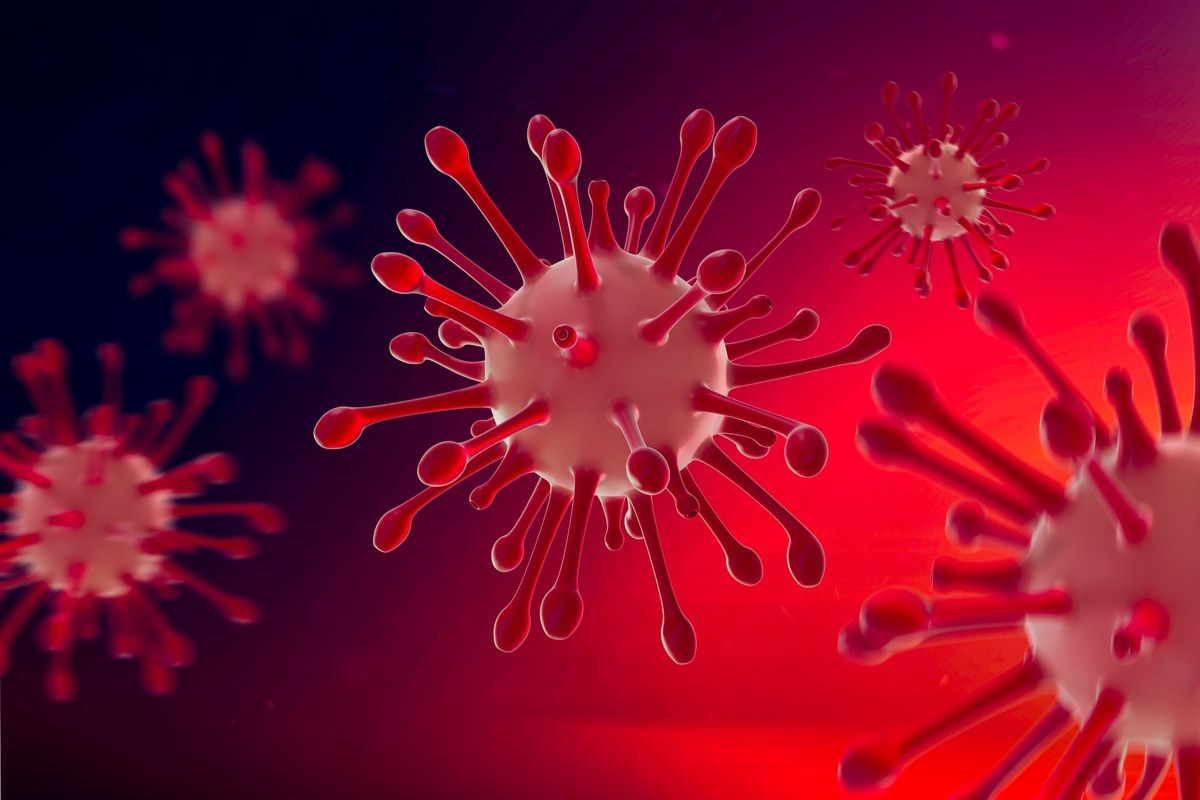A recent study posted to the bioRxiv* preprint server investigated the role of complement component 5a (C5a) and its receptor (C5a receptor type 1, C5aR1) in the pathophysiology of coronavirus disease 2019 (COVID-19).

Patients with severe COVID-19 progress to acute respiratory distress syndrome (ARDS), leading to organ dysfunction and death. Studies have shown at least partial effectiveness of drugs against inflammatory responses in controlling the severity of COVID-19. However, these therapies could affect host immune responses against severe acute respiratory syndrome coronavirus 2 (SARS-CoV-2) and other secondary infections.
The development of novel drugs targeting the inflammatory response should be centered around the mediator, which is essential for immunopathology but dispensable for infection control. As such, C5a/C5aR1 signaling could be a possible candidate. C5aR1 signaling has been implicated in various inflammatory diseases. Moreover, mounting evidence indicates the potential role of the complement system in COVID-19 pathophysiology.
The study and findings
In the present study, researchers examined the role of C5a/C5aR1 signaling in COVID-19. They analyzed the C5a levels in bronchoalveolar lavage (BAL) fluid from critical COVID-19 patients requiring mechanical ventilation and compared them with mechanically ventilated influenza patients. The C5a levels were higher in COVID-19 patients than in influenza patients, indicating that C5a was locally activated in COVID-19 patients and might activate C5aR1 signaling.
The authors investigated a database of single-cell transcriptomes to identify cells expressing C5AR1 in the BAL fluid from COVID-19 and non-COVID-19 pneumonia patients. C5AR1 expression was higher in neutrophils, which are abundant in BAL fluid of COVID-19 patients relative to non-COVID-19 pneumonia patients. It was also expressed in monocytes/macrophages in patients from both groups. The single-cell transcriptomic data was validated by immunostaining C5aR1 from the lungs of autopsied COVID-19 patients with co-staining of neutrophils and monocytes/macrophages.
Consistent with the transcriptome data, C5aR1 expression was enriched in neutrophils and monocytes/macrophages. Next, the team assessed the correlation of C5a levels with various inflammatory cells/markers known to be enriched in BAL fluid of COVID-19 patients. C5a levels correlated with degranulating/hyperactivated neutrophils and C-X-C motif chemokine ligand 8 (CXCL8).
Further, the researchers investigated SARS-CoV-2-infected K18-hACE2 transgenic (Tg) mice. Increased levels of C5a were observed in the lungs of infected mice. Moreover, the clinical signs (weight loss and clinical score) and COVID-19 pathology of mice were associated with elevated levels of pro-inflammatory chemokines/cytokines in the lungs. Immunofluorescence analyses using TgFlox/flox mice (containing enhanced green fluorescent protein reporter) revealed that C5aR1 was primarily expressed in neutrophils and macrophages.
The team created a group of transgenic mice lacking C5aR1 signaling (TgcKO mice) and repeated the investigations. Histopathological examination revealed less severe damage to lung tissue in the TgcKO mice. This was associated with a decrease in pro-inflammatory chemokines/cytokines. Nonetheless, no differences were evident in the viral load between TgcKO and TgFlox/Flox mice, indicating that the C5aR1 signaling was involved in lung pathology in COVID-19 with no part in controlling viral infection. Given the apparent involvement of C5a/C5aR1 signaling in COVID-19 immunopathology, the efficacy of an orally-acting allosteric antagonist of C5aR1, DF2593A, was evaluated in the mice.
Mice were treated with the inhibitor one hour before infection with SARS-CoV-2 and once daily for five days. They observed that drug treatment improved the clinical signs of infected mice relative to vehicle-treated mice. It also ameliorated lung pathology in infected mice, albeit the viral load was unaltered. Moreover, in vitro analysis also showed that the compound was an ineffective inhibitor of SARS-CoV-2 replication. The decrease in lung pathology was associated with lower levels of pro-inflammatory chemokines/cytokines.
Further, they assessed whether the absence of C5aR1 signaling in myeloid cells would impact their infiltration in the lung tissue of infected mice. The infiltration of total leucocytes, myeloid cells, neutrophils, and inflammatory monocytes was comparable in the lungs of the TgcKO and TgFlox/flox mice infected with SARS-CoV-2. The infiltration of myeloid cells, inflammatory monocytes, or neutrophils was unaffected by DF2593A treatment, albeit the total leucocytes infiltration was reduced.
The team tested whether C5aR1 signaling was involved in the neutrophil extracellular traps (NETs) formation in infected mice. The levels of NETs were significantly lower in TgcKO mice than TgFlox/Flox mice. In line with this, human neutrophils infected in vitro with SARS-CoV-2 generated higher levels of NETs in the presence of low quantities of recombinant C5a.
Conclusions
These findings corroborate the possibility of using a C5aR1 signaling inhibitor for COVID-19 treatment. Notably, the hypothesis that inhibiting this signaling pathway would prove advantageous in COVID-19 may raise concerns about the secondary infections that are frequent among COVID-19 patients. Overall, the study elucidated the critical role of C5aR1 signaling for lung immunopathology and showed that inhibiting the signaling pathway could represent an alternative treatment for COVID-19.
*Important notice
bioRxiv publishes preliminary scientific reports that are not peer-reviewed and, therefore, should not be regarded as conclusive, guide clinical practice/health-related behavior, or treated as established information.
Silva BM, Veras FP, Gomes G, et al. (2022). Targeting C5aR1 signaling reduced neutrophil extracellular traps and ameliorates COVID-19 pathology. bioRxiv. doi: 10.1101/2022.07.03.498624 https://www.biorxiv.org/content/10.1101/2022.07.03.498624v1
Posted in: Medical Science News | Medical Research News | Disease/Infection News
Tags: Acute Respiratory Distress Syndrome, Cell, Chemokine, Chemokines, Compound, Coronavirus, Coronavirus Disease COVID-19, covid-19, Cytokines, Drugs, Efficacy, Fluorescent Protein, in vitro, Infection Control, Influenza, Ligand, Lungs, Neutrophils, Pathology, Pathophysiology, Pneumonia, Protein, Receptor, Respiratory, SARS, SARS-CoV-2, Severe Acute Respiratory, Severe Acute Respiratory Syndrome, Signaling Pathway, Syndrome, Transgenic, Weight Loss

Written by
Tarun Sai Lomte
Tarun is a writer based in Hyderabad, India. He has a Master’s degree in Biotechnology from the University of Hyderabad and is enthusiastic about scientific research. He enjoys reading research papers and literature reviews and is passionate about writing.
Source: Read Full Article
